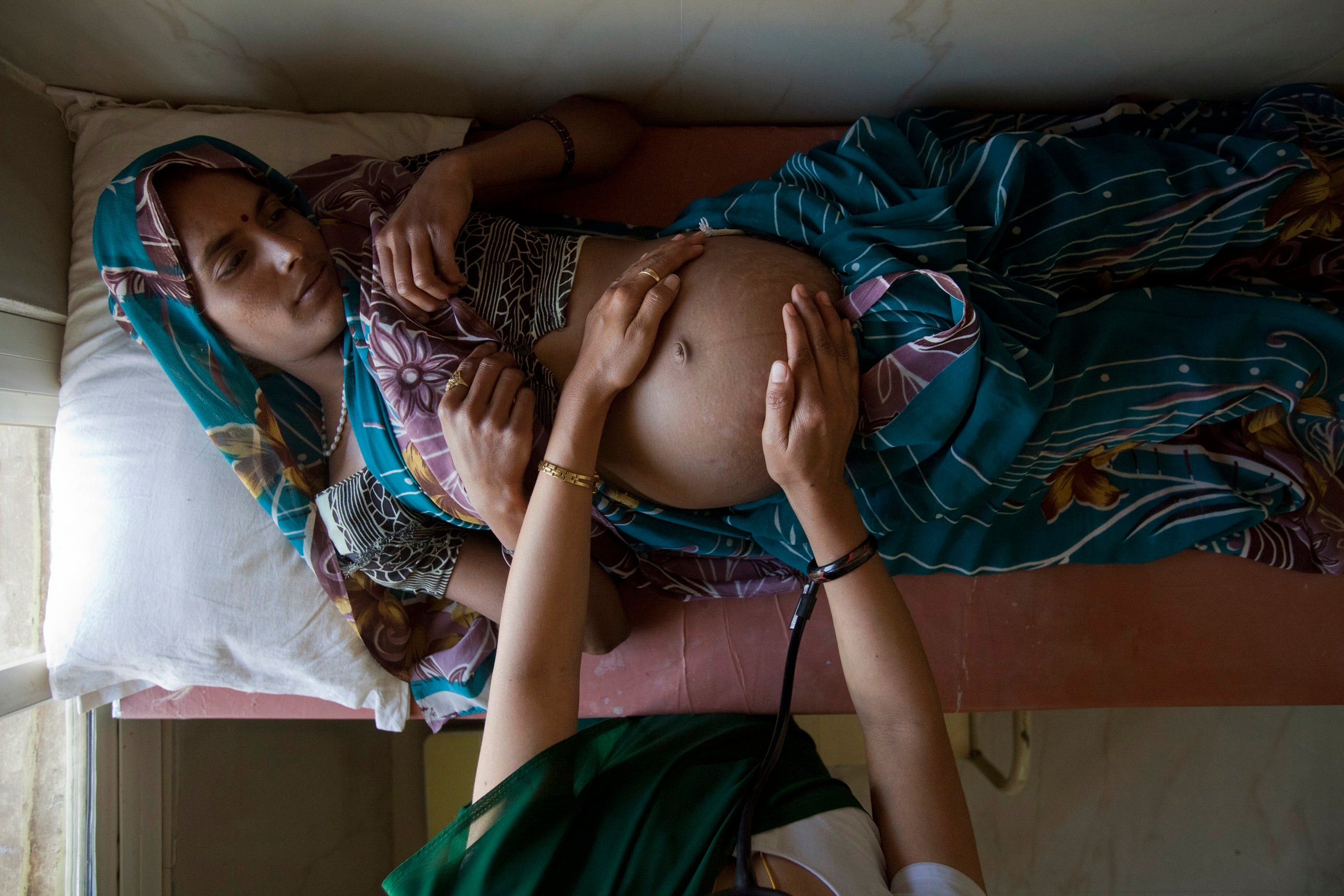'Well-made statistics' the best tool to fight newborn mortality: experts
Centralized prenatal surveillance systems are helping women receive the care they need to reduce the risk for their infants in their most vulnerable month of life

Being born continues to pose significant risk, particularly in low and middle-income countries (LMICs), where every year 2.4 million newborns do not make it past their first 28 days of life. Whether it’s due to stillbirth, low birth weight, prematurity, birth asphyxia, or other causes, 47 percent of all under-five deaths worldwide occur in a child’s first month.
Preventing neonatal deaths to achieve the Every Newborn Action Plan and meet the Sustainable Development Goal target of reducing neonatal mortality to below 12 deaths per 1,000 live births by 2030 is no small task. The solution, some experts say, may begin with data optimization.
Health systems in LMICs are not always managed to optimal efficiency [but they] must be well managed, very responsive, and coordinated in order to be institutionalized for effective care, to give newborns a better fighting chance. That also means systems that are more affordable, less complex, and offer better intervention design, putting women at the center,” said Dr. Peter Waiswa, an associate professor at Makerere University School of Public Health.
Uganda’s Maternal and Newborn Scale Up Project, or MANeSCALE, which Dr. Waiswa led, was a program to improve newborn care in high-volume hospitals over five years. The project demonstrated how electronic data systems with easy feedback, designed to enable managers to make quick decisions, can improve the quality of care.
Health information technology tools could reduce neonatal mortality by 16 deaths per 100,000 live births, as they help bridge inequity by filling socioeconomic gaps and promoting improved safety for mothers and clinicians alike. In LMICs, where the World Bank says huge data gaps remain, there is an even greater need for maternal and neonatal data. That's because the onset of COVID-19 greatly hampered data collection efforts and left two thirds (97 out of 135 countries) without the essential statistics needed to provide basic care.
In Latin America, the Perinatal Information System, or SIP was launched in 1983. It was designed to improve the quality of care for newborns, enabling mothers to have, according to the Pan-American Health Organization, their health information “consolidated and analyzed regionally to describe the situation of various indicators over time, by geographic area, or other specific characteristics of the population.” Today, its updated version – called SIP Plus – is used in 21 countries in Latin America and the Caribbean, from Brazil to St. Kitts and Nevis, with some countries only adopting it in late 2021.
“The advantage of SIP PLUS is that it reduces any data losses, so when the pregnant woman arrives for childbirth, all the information is complete,” said Dr. Raul Bravo from Panama’s Santo Tomás Hospital. “Primary care doctors recognize the advantage that they now know what happened to the patient either during childbirth or [if they have had history of] abortion. In the past, the information would get lost; the patients presented without their [perinatal] cards and the staff could not see their previous history. Now, the health care professionals are going to have the information available in real time,” he added.
Through its centralized databases, SIP Plus allows for surveillance of pregnant women and newborns, including via mobile networks, and provides key information to guide proper management for both. SIP Plus also aggregates information as a means of detecting geographic trends, and alerts authorities of deficiencies in resources. In Peru, for example, a 10-year study of almost 100,000 births found that the “large number of syphilis infections reported in Peru's SIP and the ability to link maternal characteristics to newborn outcomes make the system potentially useful for monitoring the proportion of stillbirths attributable to congenital syphilis.”
In India, one company was awarded a Saving Lives at Birth: A Grand Challenge for Development grant funded by USAID, the Bill & Melinda Gates Foundation, and others, to develop a mobile biometric scanner that can help save newborns. With a cellphone and a finger, community health workers (CHWs) can gather maternal health real-time data, monitor patient records with 228 percent more accuracy than existing paper tools, and deliver and monitor services. Simprints says its device is giving the 40 percent of women in LMICs who do not receive the eight WHO recommended antenatal care (ANC) visits, a chance at care. Their Bangladeshi pilot in Dhaka’s slums showed that CHW visits increased by 83 percent while complications (such as severe bleeding, jaundice, or miscarriage) among patients decreased by 33.7 percent.
Nepal, a country that from 2000 to 2015 saw its neonatal mortality rate decrease from 59.9 to 29.7 per 1,000 live births, can also attribute some of this success to data and health systems management. The implementation of its Health Management Information System, launched in 1993, coordinated and centralized feedback across health programs to inform interventions and allocate resources. “Once you analyze the data you know the area to focus on, and then we have strategic development meetings where all the experts are there—for example, all the international NGOs and the stakeholders, they all come together and decide where we should intervene,” said one former senior Nepalese ministry of health official.
If child survival is predicated on access to appropriate health services, under-resourced geographies can be well-served by effective data use and management. Investing in functional and resilient information systems and utilizing data effectively, positive feedback loops in planning, implementation, and advocacy can, in turn, save lives. As one health official famously said: "Well made statistics are the best instrument to fight newborn mortality."
